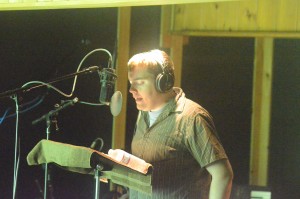Succeeding in Life on the Spectrum the “I’mpossible Dream”
Autism is real and like many others with the diagnosis, my son, Alex Hale, is succeeding in life on the Spectrum. His two songs “Into the Light” and “Walk a Mile” share his thoughts and emotions on the journey of an Autistic Individual, and assert that there is light atContinue Reading



